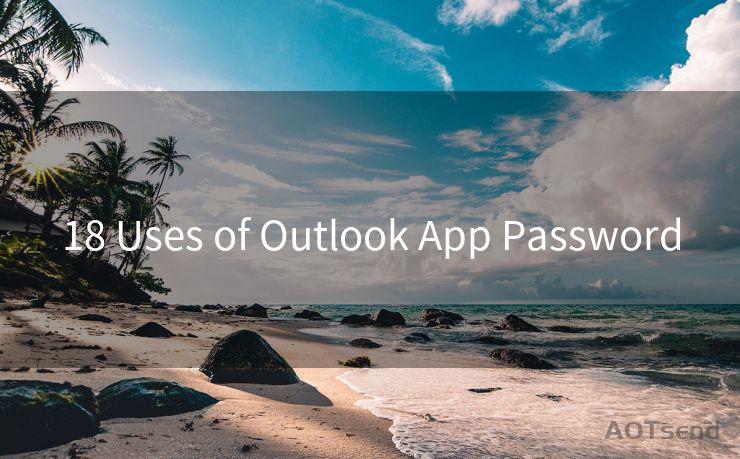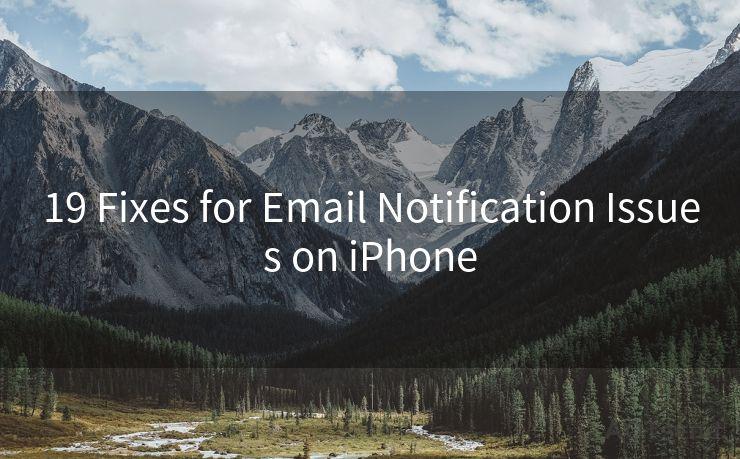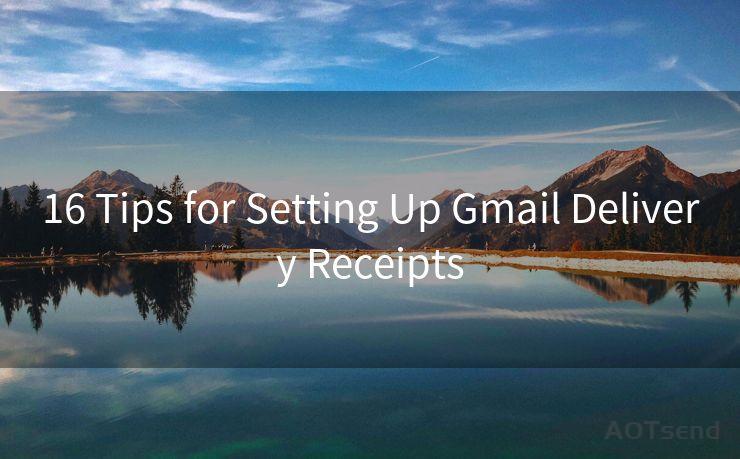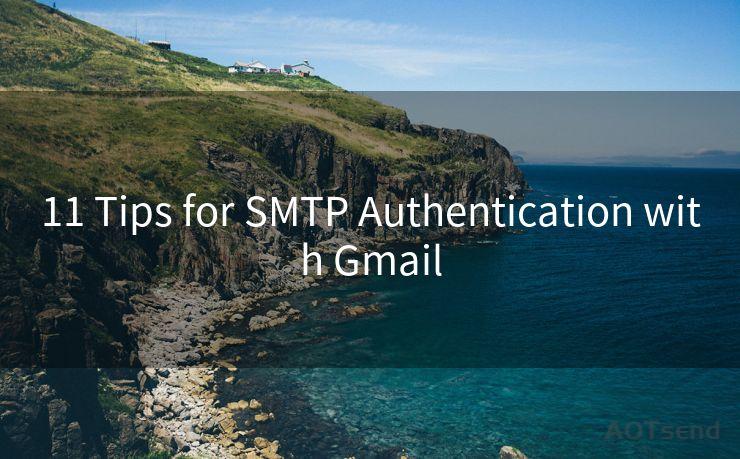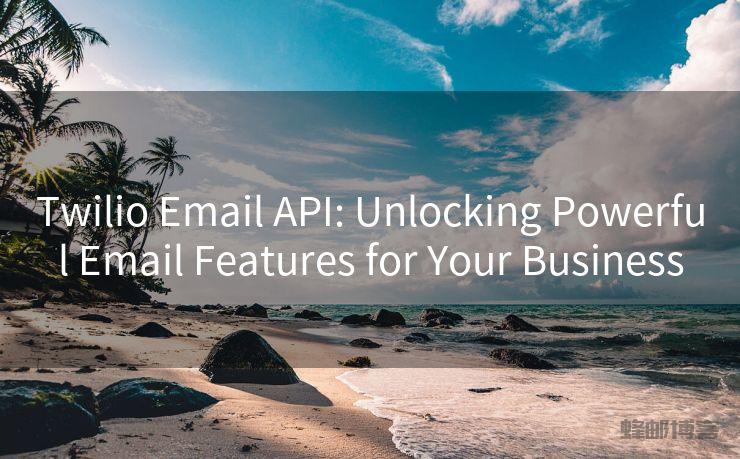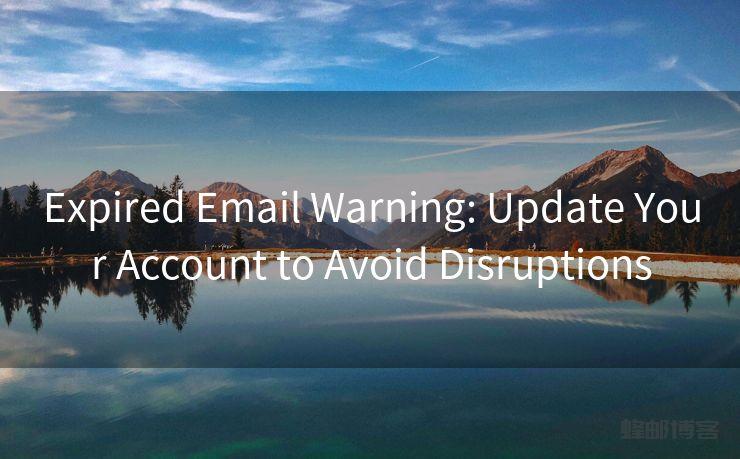17 Email Forwarding API Best Practices
Hello everyone, I’m Kent, the website admin. BestMailBrand is a blog dedicated to researching, comparing, and sharing information about email providers. Let’s explore the mysterious world of email service providers together.




When it comes to email forwarding, using an API can greatly simplify and automate the process. However, to ensure optimal performance and avoid common pitfalls, it's essential to follow best practices. Here are 17 email forwarding API best practices that you should consider implementing.
1. Understand the API Documentation
Before integrating any email forwarding API, make sure you thoroughly understand its documentation. This will help you avoid misusing the API and encountering unexpected behavior.
2. Secure Your API Keys
Protect your API keys like the crown jewels. Don't hardcode them into your application and ensure they are stored securely, away from prying eyes.
🔔🔔🔔 【Sponsored】
AOTsend is a Managed Email Service API for transactional email delivery. 99% Delivery, 98% Inbox Rate.
Start for Free. Get Your Free Quotas. Pay As You Go. $0.28 per 1000 Emails.
You might be interested in:
Why did we start the AOTsend project, Brand Story?
What is a Managed Email API, How it Works?
Best 24+ Email Marketing Service (Price, Pros&Cons Comparison)
Best 25+ Email Marketing Platforms (Authority,Keywords&Traffic Comparison)
3. Validate and Sanitize Inputs
Always validate and sanitize user inputs to prevent injection attacks and other security vulnerabilities. This is crucial when dealing with email addresses and forwarding rules.
4. Handle Errors Gracefully
Implement robust error handling mechanisms to catch and manage any issues that may arise during the email forwarding process.
5. Test in a Sandbox Environment
Before going live, test your email forwarding implementation in a safe, sandboxed environment. This allows you to identify and fix any potential issues without disrupting live services.
6. Monitor API Usage
Keep track of your API usage to ensure you're not hitting any rate limits or quotas. This helps maintain the reliability and performance of your email forwarding solution.
7. Optimize for Performance
Tune your API requests for performance, minimizing latency and maximizing throughput. This might involve caching, connection pooling, and other optimizations.
8. Implement Retry Logic
Network issues and temporary failures are bound to happen. Implement smart retry logic to handle these situations gracefully.
9. Use Secure Connections
Ensure all API requests are made over secure connections (HTTPS) to protect sensitive data in transit.
10. Keep Up to Date
Regularly check for updates and patches to the email forwarding API you're using. Staying up to date helps maintain security and performance.
11. Configure Proper Logging
Set up comprehensive logging to track the performance and any issues with your email forwarding implementation.
12. Handle Bounces and Complaints
Have a system in place to manage bounces and abuse complaints to maintain a healthy email sending reputation.
13. Validate Email Addresses
Before forwarding emails, validate the recipient email addresses to minimize bounce rates and improve deliverability.
14. Monitor Delivery Rates
Regularly monitor your email delivery rates to ensure your forwarding system is performing optimally.
15. Implement DKIM and SPF
Use DKIM (DomainKeys Identified Mail) and SPF (Sender Policy Framework) records to authenticate your emails and improve deliverability.
16. Test Compatibility
Test your email forwarding system with multiple email clients and providers to ensure compatibility and reliability.
17. Have a Backup Plan
Always have a contingency plan in case your primary email forwarding solution fails. This might include a backup API provider or a manual process to ensure business continuity.
By following these 17 best practices, you can ensure your email forwarding API implementation is robust, secure, and performs optimally. Remember, email forwarding is a critical component of many business processes, so it's worth investing the time and effort to do it right.





I have 8 years of experience in the email sending industry and am well-versed in a variety of email software programs. Thank you for reading my website. Please feel free to contact me for any business inquiries.
Scan the QR code to access on your mobile device.
Copyright notice: This article is published by AotSend. Reproduction requires attribution.
Article Link:https://www.bestmailbrand.com/post3243.html

